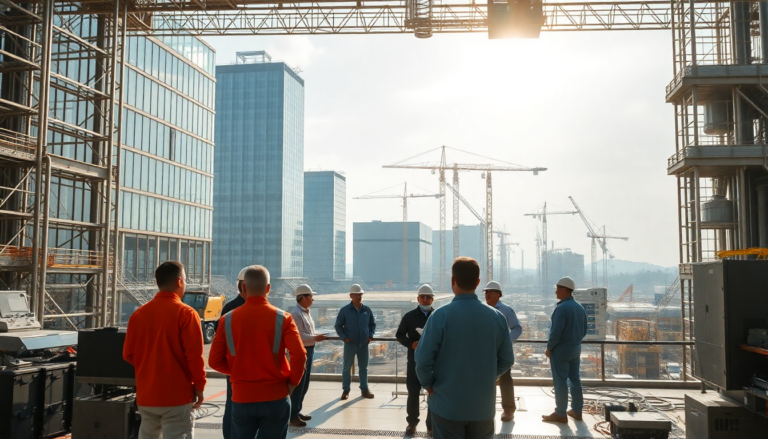Argomenti trattati
When you think of the giants of chip manufacturing, TSMC undoubtedly comes to mind. It’s fascinating, really, how this company has not just kept pace but has surged ahead in the semiconductor race. As they gear up for a monumental expansion in 2025, the stakes are higher than ever. Will this be the game-changer in the tech landscape? Let’s take a closer look at TSMC’s ambitious plans and what they mean for the industry.
TSMC’s expansion strategy: what’s on the horizon?
TSMC has unveiled plans that are nothing short of staggering. With a capital expenditure forecasted to be between $38 billion and $42 billion in 2025, the company is set to construct eight new semiconductor fabrication facilities along with one advanced packaging site. This marks an aggressive push to bolster their production capacity, which has already seen a fivefold increase in CapEx since 2015. Just think about that—five times the investment in less than a decade! Dr. Cliff Hou, TSMC’s SVP and Deputy Co-COO, shared that from 2017 to 2020, they built an average of three fabs annually, ramping up to five in subsequent years. But the real kicker? They are on track to open nine new fabs per year, with eight being traditional wafer fabs and one focused on advanced packaging.
The locations and capabilities of new facilities
So, where will these new fabs be located? TSMC is making strategic moves across the globe. The advanced packaging facility, named AP7, is already under construction in Chiayi, Taiwan, set to enhance TSMC’s capabilities significantly. Meanwhile, Fab 20 and Fab 22, both in Hsinchu and Kaohsiung, Taiwan, are gearing up to leverage cutting-edge technologies like the N2 process technology. And in a move that underscores the global demand for chips, TSMC is ramping up efforts in Arizona with Fab 21, which is equipped to handle the N3 processes. How exciting is it to think about the advancements that will emerge from these new locations? There’s a palpable buzz in the air.
Financial implications and industry impact
TSMC’s decision to invest heavily in new fabs is not just about capacity; it’s also a response to the evolving landscape of chip demand. The surge in orders from existing customers, particularly in the AI sector, is pushing TSMC to adapt quickly. As AI processors grow larger, the need for more wafers becomes increasingly paramount. This is where things get interesting—fab costs are also rising due to the incorporation of advanced manufacturing methods, including extreme ultraviolet lithography (EUV). Each EUV system can run upwards of $235 million! It’s a dizzying figure, but as many in the industry know, the cutting-edge technology these systems provide is worth its weight in gold.
The complexities of counting new facilities
Now, as TSMC counts its new production facilities, the methodology might seem a bit convoluted. They include all facilities that are currently in the pipeline, regardless of their construction status. This leads to some confusion—while they claim to be launching eight new fabs, the actual count could be as low as seven by more traditional metrics. It’s almost like a game of semantics, isn’t it? But what’s clear is that this level of investment and construction is unprecedented for TSMC.
What does the future hold for TSMC?
Looking ahead, TSMC’s plans are ambitious, to say the least. With construction timelines stretching into 2028 for Fab 25 in Taichung, it’s clear that the company is not just reacting to the current market but is also anticipating future trends in technology. The introduction of post-A16/N2 process technologies will likely keep TSMC at the forefront of fabrication innovations. Personally, I believe that their aggressive expansion could very well set new standards in the industry, reshaping how we think about semiconductor manufacturing.
Final thoughts on TSMC’s trajectory
As we navigate through 2025, it will be intriguing to see how TSMC’s expansion shapes the tech landscape. With their strategic investments, they are not just expanding capacity but are also setting the stage for the next generation of chip technologies. Will their gamble pay off? Only time will tell, but one thing is certain: the semiconductor industry is in for an exciting ride.

